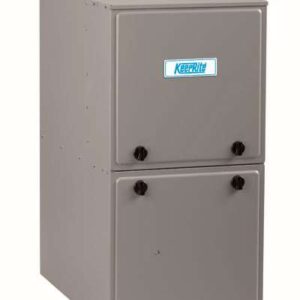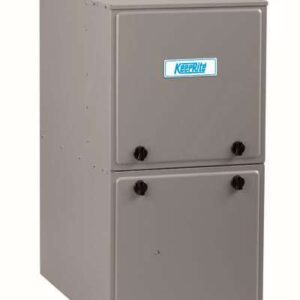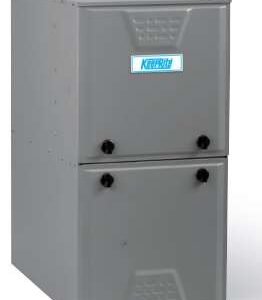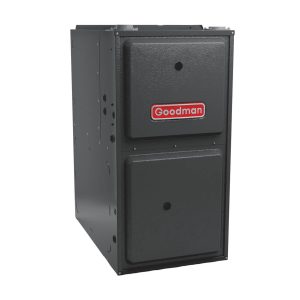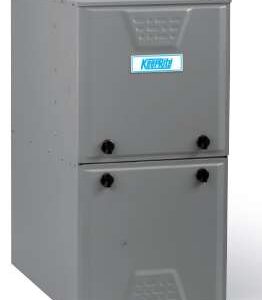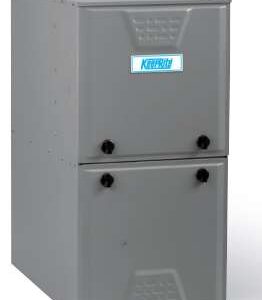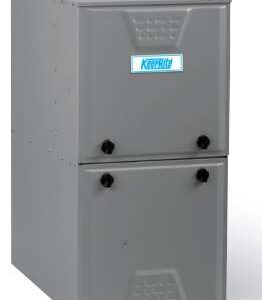Table Of Contents:
Gas Furnaces: Pros and Cons
Electric Furnaces: Pros and Cons
Let’s Break It Down Further
1. Installation
2. Lifespan
3. Maintenance
4. Repairs
5. Energy Efficiency
6. Heating Efficiency
7. Safety
Gas Furnaces: Pros and Cons
New gas furnaces, powered by natural gas, are a common heating choice in Ontario due to the low cost and availability of natural gas. When the thermostat calls for heat, natural gas flows to the furnace’s burners, where it ignites and heats air that is circulated by the furnace blower.
Pros:
- Lower Operating Cost: With natural gas prices generally lower than electricity rates in Ontario, gas furnaces can provide significant savings. In fact, data from Natural Resources Canada suggests that natural gas can be 3-4 times cheaper per BTU than electricity, especially during peak winter heating.
- Faster Heating: Gas furnaces heat more quickly than electric models, an advantage for Ontario’s chilly winters, where immediate warmth is often needed.
- More Powerful Heating: Gas furnaces can produce higher heat output, making them ideal for larger homes and colder climates. They perform effectively even on the coldest days, maintaining consistent warmth in homes despite external temperatures.
Cons:
- Higher Installation Costs: If your home doesn’t already have a natural gas line, installation costs for a gas furnace can increase substantially. According to FortisBC, installing a gas line in a home without one can cost upwards of $1,000.
- Requires Regular Maintenance: Gas furnaces rely on combustion, which can produce carbon monoxide (CO). To avoid potential CO leaks and maintain efficiency, gas furnaces require regular inspections and upkeep. However, modern models include safety features, like CO detectors and shut-off systems, to mitigate risks.
Electric Furnaces: Pros and Cons
Electric furnaces heat air by passing it over electric heating elements. The heated air is then circulated throughout the home, offering an alternative to gas heating, particularly in homes without a gas line.
Pros:
- Lower Initial Cost: Electric furnaces tend to be less expensive to purchase and install than gas furnaces, often saving homeowners hundreds on installation costs. This makes electric furnaces a budget-friendly option if upfront costs are a priority.
- Safer Operation: Electric furnaces don’t produce carbon monoxide, a byproduct of gas combustion. Without the need for combustion, electric models eliminate any risk of gas leaks or CO emissions, making them a safer option for indoor air quality.
- Lower Maintenance Needs: With fewer parts susceptible to wear and without combustion, electric furnaces require less regular maintenance compared to gas models. However, routine inspections are still recommended to ensure efficiency.
Cons:
- Higher Operating Cost: In Ontario, electricity rates are generally higher than natural gas rates, especially during peak winter months. This makes electric furnaces more expensive to operate, with the average cost per BTU around $32 compared to $18 for gas heating, according to consumer data from Diffen.
- Slower Heating: Electric furnaces can take longer to reach desired temperatures, particularly in colder climates. Since they don’t produce as intense heat as gas furnaces, this slower response time may impact comfort during frigid Ontario winters.
- Potential Dryness Issues: Electric heating can strip more moisture from the air compared to gas, which may lead to a drier indoor environment.
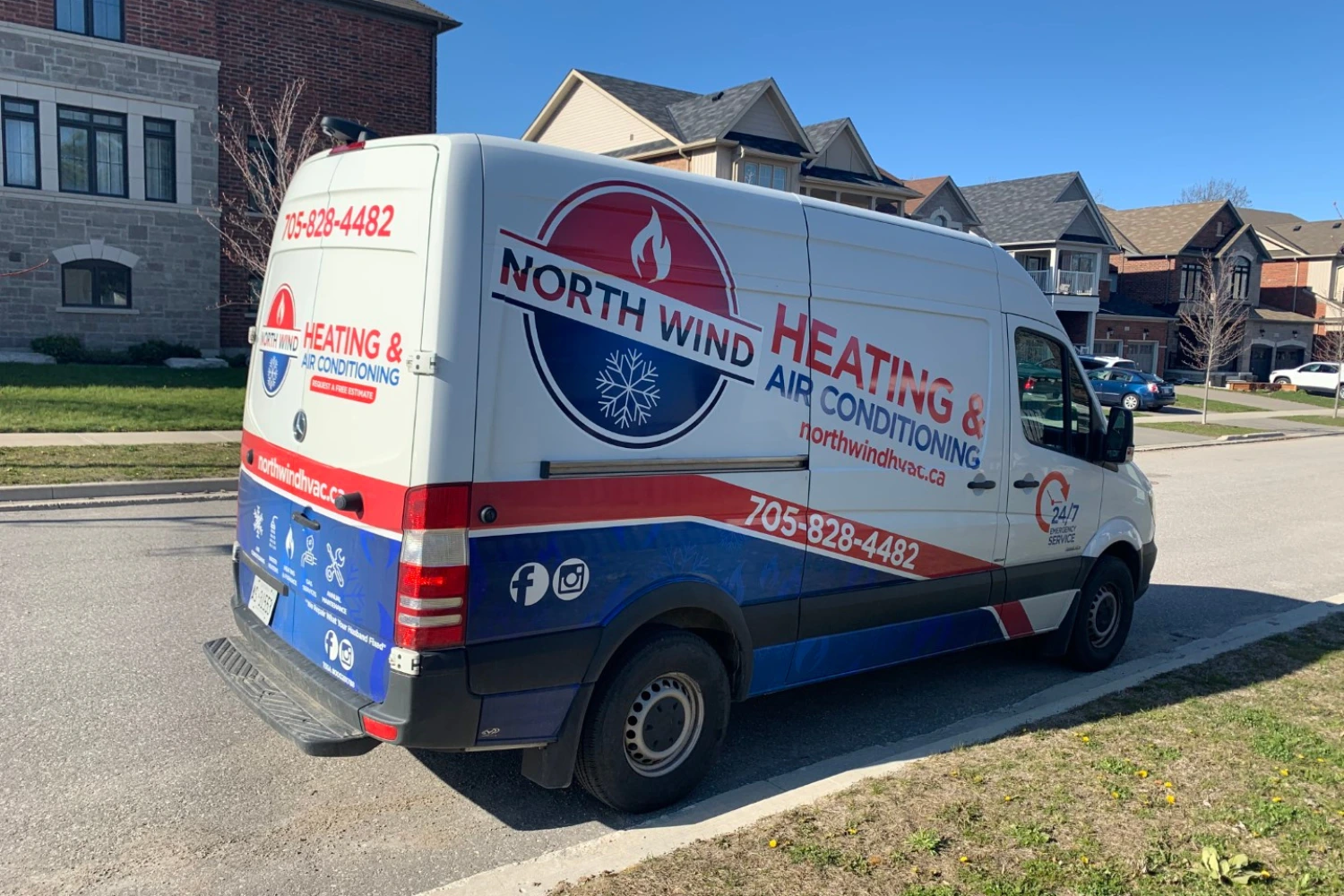
Let’s Break It Down Further
Installation
Gas Furnaces: Installation costs are higher for gas furnaces, especially if a gas line needs to be added. However, many Ontario homes already have gas connections, making this an efficient choice in the long run.
Electric Furnaces: Installation costs are lower due to a simpler setup, but they’re typically recommended only if a gas line isn’t an option.
Lifespan
Gas Furnaces: Typically last 15-20 years with regular maintenance. Their robust construction makes them durable but requires consistent upkeep.
Electric Furnaces: Generally have a longer lifespan of up to 20-30 years since they have fewer components susceptible to wear.
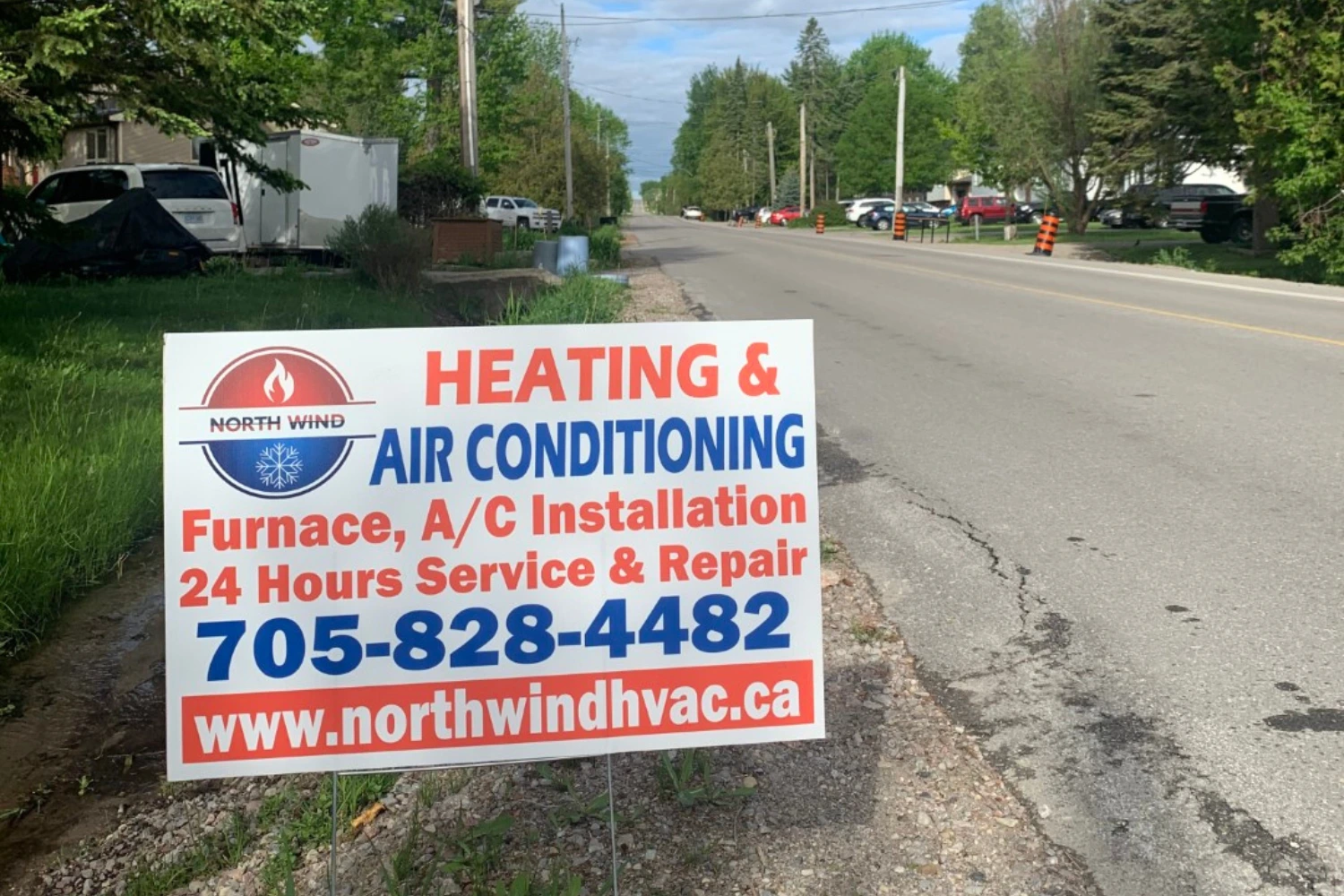
Maintenance
Gas Furnaces: Regular maintenance, including cleaning and inspecting the heat exchanger, burners, and flue, is essential to avoid carbon monoxide risks and maintain efficiency.
Electric Furnaces: These require less frequent maintenance but still benefit from annual checks to clean the heating elements and ensure efficient operation.
Repairs
Gas Furnaces: May require more complex gas furnace repairs involving burners, gas valves, and heat exchangers. However, parts and services are generally widely available in Ontario.
Electric Furnaces: Have fewer mechanical parts, so repairs are often simpler and less frequent, though they may be more expensive when they do occur due to electrical components.
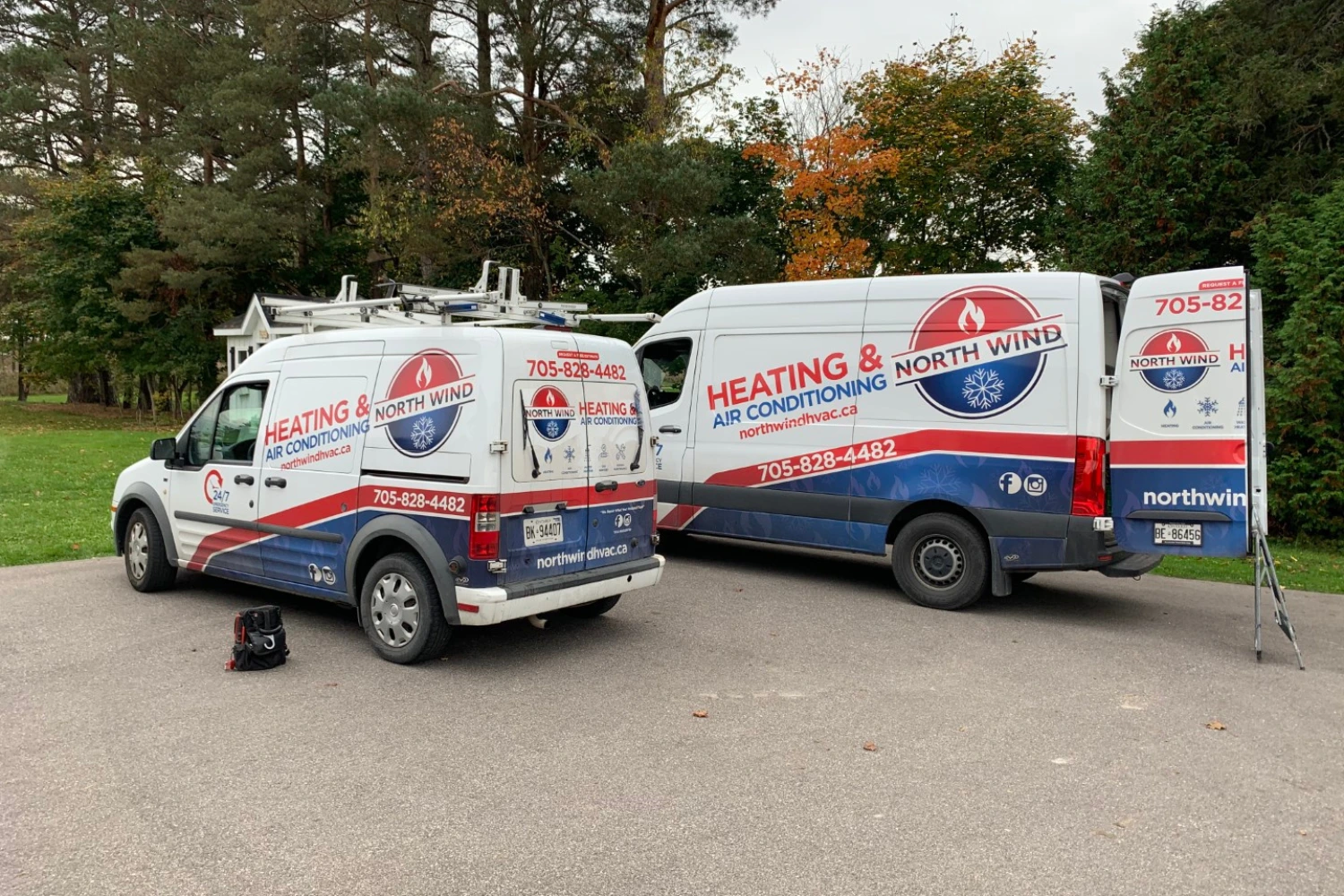
Energy Efficiency
Gas Furnaces: Generally rated between 90% and 98% Annual Fuel Utilization Efficiency (AFUE), meaning they convert most of the energy in natural gas to heat. ENERGY STAR® models available in Ontario offer even higher efficiency.
Electric Furnaces: Nearly 100% efficient in converting electricity to heat. However, since electricity costs more, the overall energy cost is still higher despite high thermal efficiency.
Heating Efficiency
Gas Furnaces: Ideal for Ontario’s cold winters, as they heat quickly and maintain consistent warmth even in freezing temperatures.
Electric Furnaces: Slower to heat, which may be less ideal for the colder Ontario climate. They may struggle to provide sufficient warmth in very large homes or during extreme winter weather.
Safety
Gas Furnaces: Must be carefully maintained to prevent carbon monoxide leaks. Modern units have safety features like CO detectors and automatic shut-off systems for added protection.
Electric Furnaces: Safer overall, as they don’t emit CO or use combustible fuel. However, they should still be monitored for electrical issues that could cause overheating or short circuits.
Whether you’re replacing an old furnace or installing a new furnace, North Wind HVAC is your trusted partner in Ontario for expert, efficient gas furnace solutions tailored to your home’s needs. For more information contact us to schedule a consultation.


